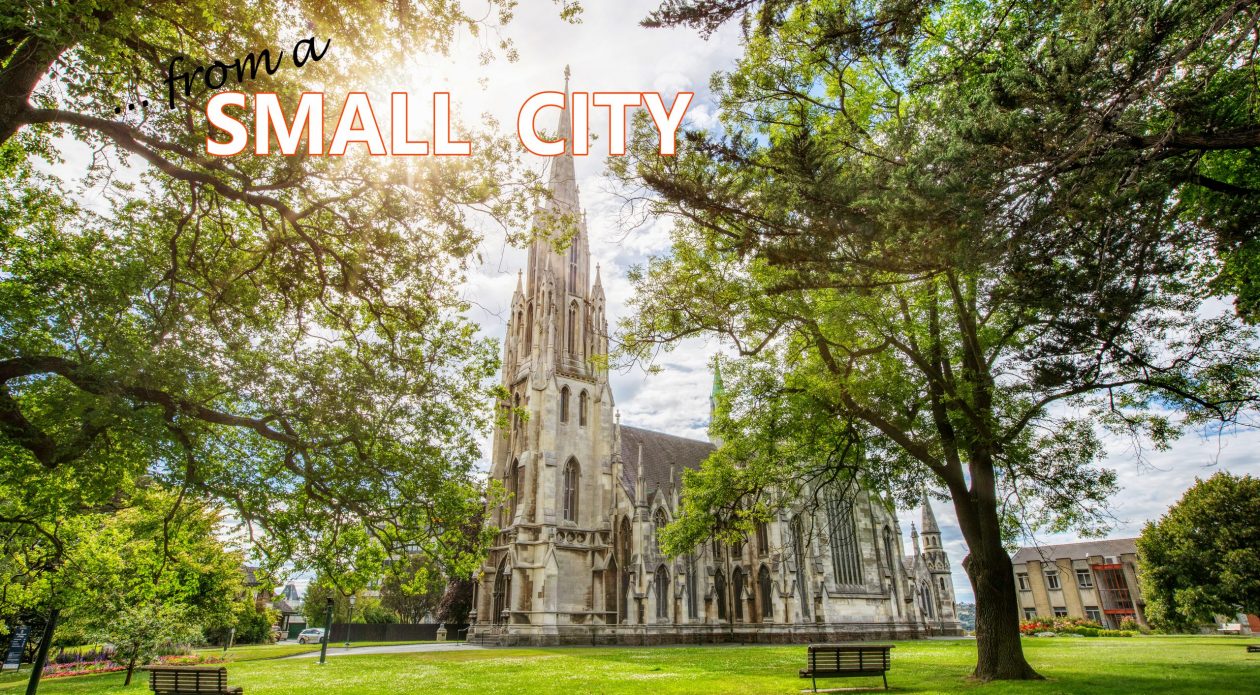 Misplacing 30 years, damaged by water, rats – The Treaty of Waitangi.
Misplacing 30 years, damaged by water, rats – The Treaty of Waitangi.
Of all the things I’ve discovered recently, the most interesting and peculiar is this. The Treaty of Waitangi, our nation’s founding document was lost for nearly 30 years. At the time, this was something I couldn’t quite believe. Even now, a month later, I still find it mind boggling yet somehow very typically kiwi.
Much like the rediscovery of the treaty, I came across this information quite by chance. It was during a recent visit to the treaty grounds in the Bay Of Islands. It was a lovely fine morning and after a short 30 minute stroll along Te Ti Bay I found myself at the Treaty Grounds in Waitangi. With a good 30 minutes to spare before the next tour, I had decided to pass the time by looking through the Waitangi museum. I had been assured it was well worth a look so I figured, well, why not!
I casually strolled through the various exhibits which I must confess was very captivating until I happened upon a display cabinet containing a very worn and ripped piece of paper that resembled a school notice that had been at the bottom of a child’s bag for some time. The document, as it turns out, was an exact copy of the actual Treaty.
It seems that after the initial signing at Waitangi on the 6th February 1840, the treaty then went on a kind of regional tour around New Zealand so other Maori chiefs could sign. Unfortunately the next year the document was nearly destroyed by fire. Then, sometime after 1877 it was ‘misplaced’ (for nearly 30 years) before being found by historian Thomas Hocken in 1908.
The story goes that the highly esteemed Thomas Hocken was rummaging around in the basement of a Government building in Wellington when rolled up, thrown in a corner, damaged by water and eaten by rats, he discovered the Treaty of Waitangi. It was then damaged further when restoration work (a little DIY presumably) went horribly wrong. It was at this point, after misplacing it for 30 years, damaged by fire, water, rats and restoration work that everyone decided it was best to leave the thing alone, put it in a tin case and lock it up for another 50 years.
As I moved out of the museum into bright sunshine and towards a gathering crowd that I assumed was the tour party I was joining, I had two thoughts. Firstly, what other important national documents are we missing? Secondly, has anyone thought to look for them in remote hay barns?
 The Taieri River at Taieri Mouth
The Taieri River at Taieri Mouth



 The stately home of Olveston
The stately home of Olveston
 Harington Point Gun Emplacements
Harington Point Gun Emplacements  Boulder Beach from the Highcliff Track
Boulder Beach from the Highcliff Track


 De Molen Foxton
De Molen Foxton
 The Dunedin Gasworks Forge
The Dunedin Gasworks Forge






 Toitu Museum in Ektachrome Infrared
Toitu Museum in Ektachrome Infrared






